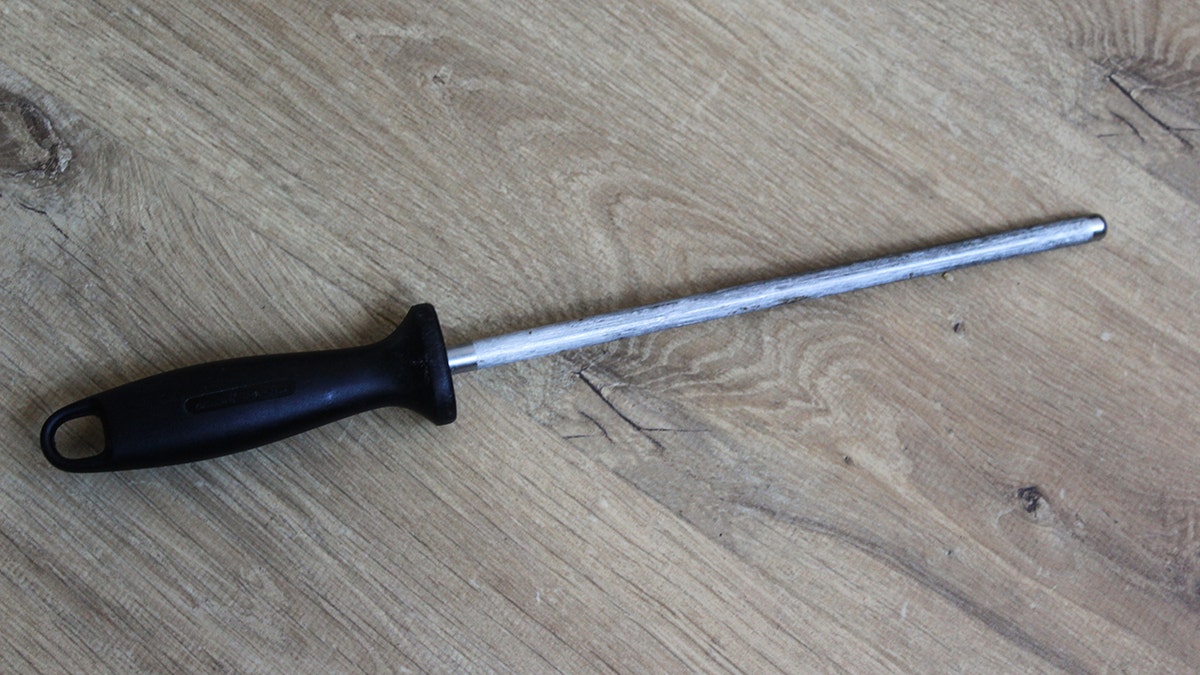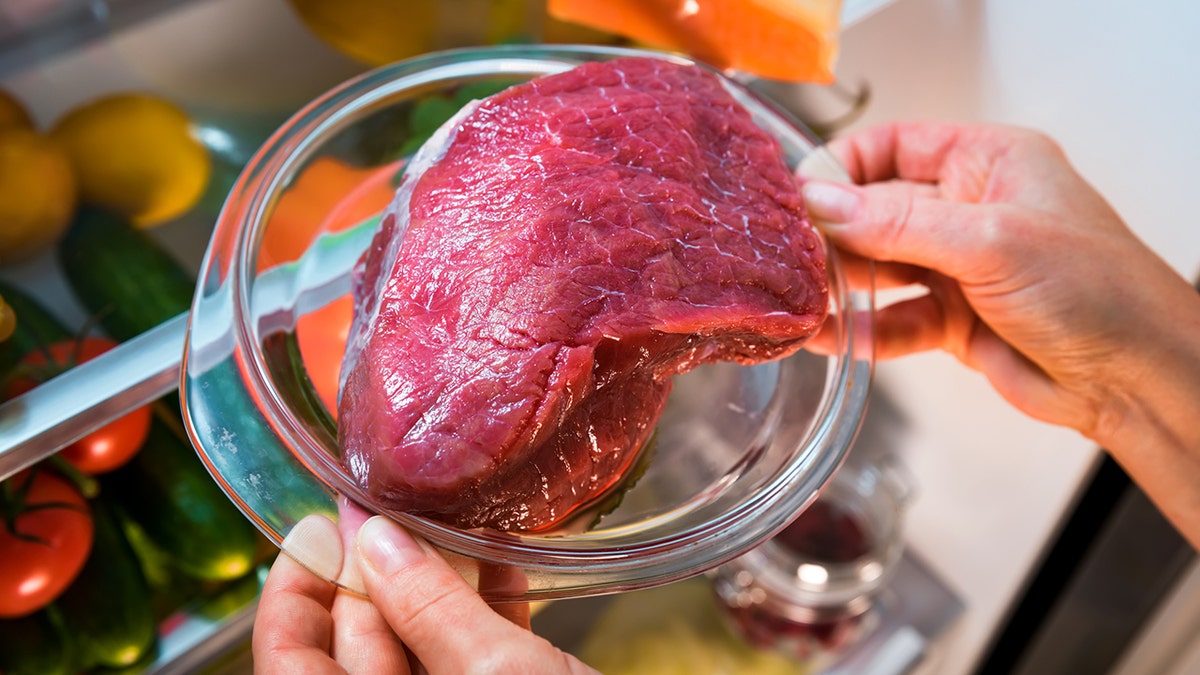
There are at least two things wrong with this picture. Three, if you hate those salt and pepper shakers. (iStock)
More From The Family Handyman
Everybody makes mistakes, especially in the kitchen. But if we can learn from just a few of our most common mix-ups, and ditch a few common misconceptions, dinner might just turn out OK.
Avoid these common mistakes, and you kitchen will function better than ever before.
Not sharpening knives regularly
"People think they can sharpen their knife once every five years, yet a sharp knife makes all the difference in the world with everything in the kitchen," says Robert Ramsey, the chef instructor at the Institute of Culinary Education. Even if you're a casual cook — that makes two to three meals a week — you should still be sharpening your knives at least two to four times a year. Ramsey recommends avoiding this kitchen mistake by spending a few extra dollars and getting your knives professionally sharpened, as it's super easy to accidentally chip or break the blade. And no, that metal rod that comes in most knife kits isn't a knife sharpener. It's actually called a honing steel that's used to straighten, not sharpen, the blade. Here's a few tips for sharpening your knives like an expert cutler, just to get you started.

Pictured: NOT a knife sharpener. Who knew? (iStock)
Buying a fancy knife set
It's tempting to add that fancy knife set to your wedding registry, but Ramsey says it's better to buy knives individually. "You have to really weigh if the price is worth it when you really don't need half the knives," he says. This is actually a really good point — think of your current knife set, which probably cost you more than you'd like to admit. Have you used that giant cleaver? Guessing probably not.
Leaving knife blades uncovered
Make sure you never leave your knife blades uncovered, especially if you store your sharp knives with the rest of your utensils in a jumbled up drawer. Besides accidentally slicing off a finger, the knife blades are extremely thin and brittle and can easily dent and chip if unprotected, so avoid this kitchen mistake and consider purchasing knife blades, which can be found at most grocery stores. If you have a knife block, make sure you put the right-sized knives in the right-sized slot. "The knife will last a lot longer if the blade is protected," adds Ramsey.
Storing meats on the top shelf of your fridge

No, no, NOOOO! Don't put that meat on the top shelf! DO NOT PUT THAT MEAT ON THE TOP SHELF! (iStock)
"If you don't want to eat it straight out of the fridge, like raw chicken, it goes on the bottom of the refrigerator," says Ramsey. The reason for this is very straightforward: storing meats on the bottom ensures that if it drips, it won't get the nasty juices all over your ready-to-eat foods. Consider storing fruits and vegetables at the top, dairy and prepared items in the middle, and raw meats, fish, and hazardous foods at the bottom to make the best use of your fridge.
Never cleaning your fridge
When was the last time you gave your fridge a good deep cleaning? Yeah, probably never, which is understandable, as many people don't think of their fridge as part of their daily cleaning ritual. Technically, you should be cleaning your fridge weekly, but if you find this daunting, try giving it a deep clean at least once a month, and, of course, wipe up spills immediately as they happen. This way you'll prevent bacteria from spreading, which can lead to cross-contamination. Don't forget to clean under your fridge, too.
Thawing meats on the counter
You never ever want to thaw a piece of meat by just leaving it right on your counter. Bacteria will immediately start growing once the meat becomes warmer than 40 degrees. The safest three ways to thaw meat are in the microwave on a low heat, in the refrigerator, or in cold water. Regardless of the thawing method you chose, you must first put the meat in a bowl; you'd never place the meat directly and uncovered in the microwave or on a shelf in your fridge. (On a related note, your mom was wrong about having to keep butter in the fridge.)
For 39 more mistakes you might be making in the kitchen, continue reading the original article at Family Handyman.
